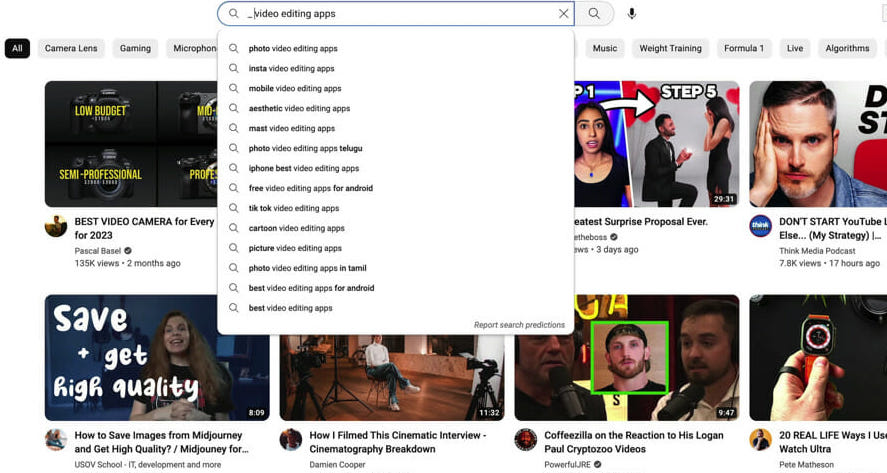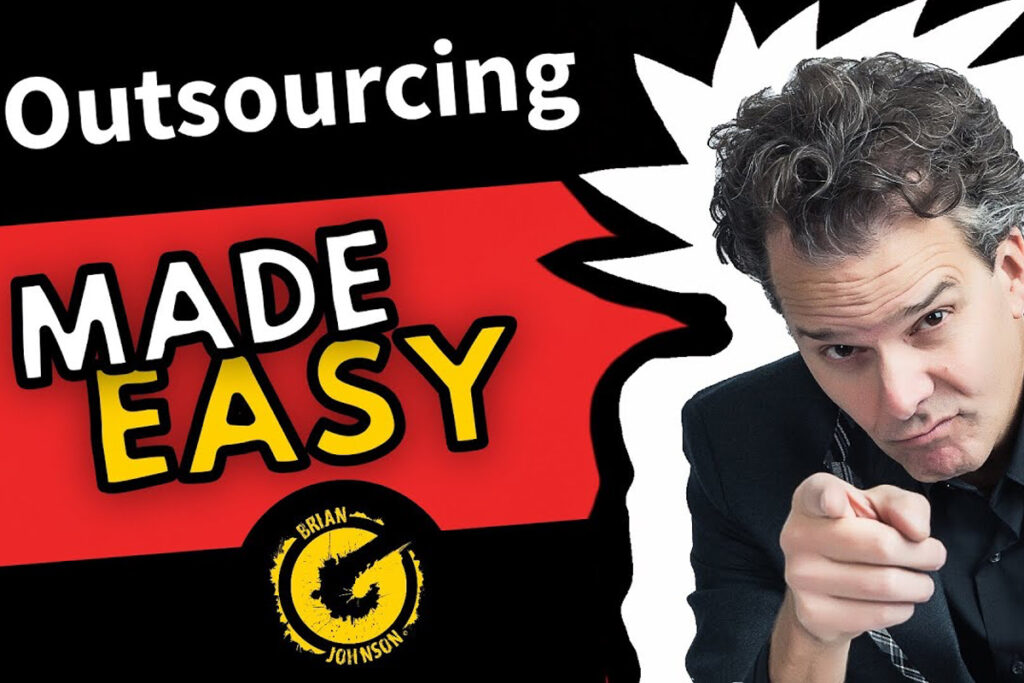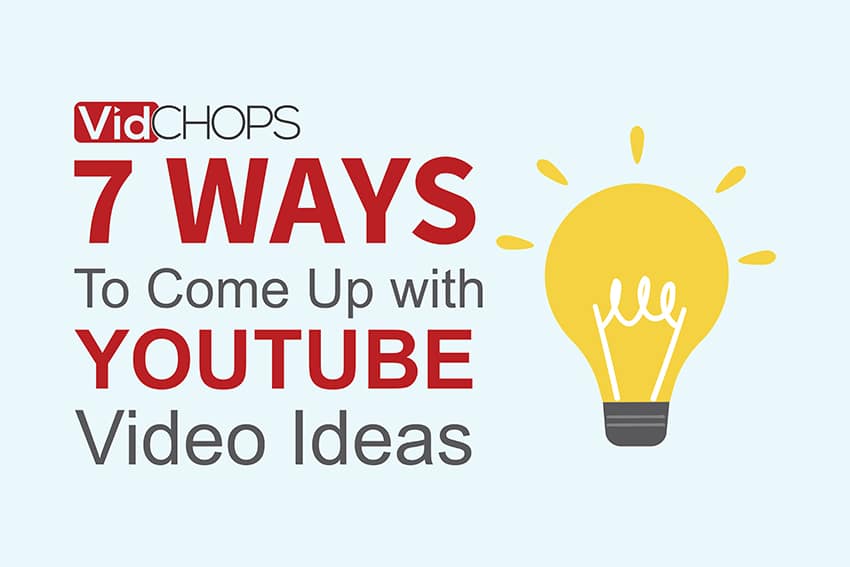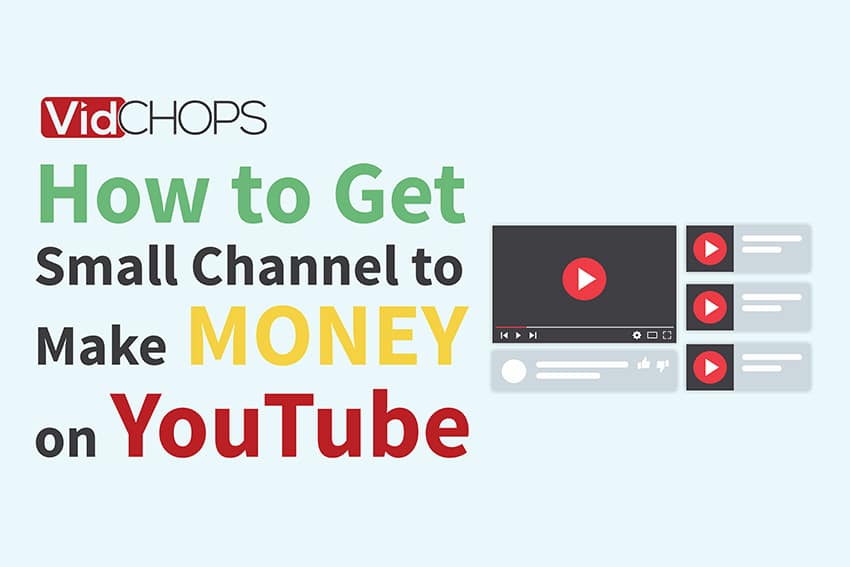How Top Video Creators Turn Simple Views Into 7-Figure Businesses
We break it all down on The Video Creatr Show, click the link below.

If you’re a YouTube content creator, then you’re probably well aware that the most successful channels aren’t simply the ones that post entertaining or informative videos.
They also excel in an overlooked area: YouTube SEO, which largely depends on video keywords. Understanding how to discover untapped keywords can make your YouTube channel skyrocket, bringing in views, likes, comments, shares, and new subscribers.
So, what’s the magic formula? Unfortunately, there isn’t one. But don’t worry – we’re here to guide you through practical steps to discover those untapped video keywords and make your content shine brighter than ever.
Step 1: Understand What Video Keywords Are
Video keywords are pivotal elements in YouTube SEO, but what exactly are they?
Simply put, video keywords are specific words or phrases that describe the content and context of your video. They’re like the DNA of your video content, each keyword carrying valuable information about your video’s essence.
When a viewer enters a query on YouTube, the platform’s algorithm sifts through countless videos to provide the most relevant results. To perform this task, the algorithm needs to comprehend what your video is all about. This is where video keywords come into play.
Video keywords inform the algorithm about the video’s subject matter, making it easier for YouTube to match your content with user queries. Think of video keywords as the bridge between your video content and potential viewers. They facilitate the connection between the searcher’s intent and your content, paving the way for improved visibility and reach on the platform.
Step 2: Know Your Audience and Niche
Before delving into keyword research, you must understand your target audience and niche, the two main pillars that will anchor your YouTube channel’s success.
The first thing you need to know is who your viewers are. This involves understanding their demographics (such as age, gender, and location), interests, behaviors, and what type of content resonates with them. You should strive to know your audience like the back of your hand.
For example, if you run a fitness channel, your audience might be more inclined to search for specific workout routines, diet tips, or motivational content.
Next, you must get to grips with your niche. This involves a deep understanding of the themes, trends, and popular topics within your specialized field. Are there specific terms or phrases that are frequently used or emerging?
Gaining an understanding of both your audience and niche will guide your keyword research process. It ensures the keywords you target are relevant to your viewers and industry, aligning your SEO efforts with the needs and wants of your audience. Being tuned in to your niche will ensure you’re on top of new keyword opportunities as they arise.
Remember, successful SEO isn’t just about getting traffic. It’s about attracting the right kind of traffic. This is where a deep understanding of your audience and niche comes into play.
Step 3: Leverage YouTube’s Autofill Feature

The Autofill feature on YouTube isn’t just a handy tool to help users find what they’re looking for faster. It’s also a secret weapon for content creators aiming to tap into fresh keyword opportunities.
By simply starting to type a keyword related to your video content in the search bar, you’ll see a dropdown list of suggestions based on what users frequently search for on the platform. These suggestions can give you a wealth of untapped keywords to explore. The beauty of this strategy is that it’s straightforward, yet it offers real-time insight into the current trending searches directly linked to your niche.
Suppose you run a channel about vegan cooking. If you type “vegan recipes for”, YouTube might suggest “vegan recipes for beginners” or “vegan recipes for kids”. These autofill suggestions indicate what users are actively searching for and might be untapped within your niche.
Remember, YouTube isn’t just a video platform. It’s the second-largest search engine in the world. Leverage its autofill feature to find keywords relevant to your content that are highly likely to be searched for by your target audience. This way, you’ll tap into the collective consciousness of YouTube users, unveiling a treasure trove of keyword opportunities right under your nose.
Step 4: Analyze Your Competitors
Studying your competitors can yield a goldmine of untapped keyword opportunities. This doesn’t mean copying their strategy but learning from their successes and failures to fine-tune your approach.
Begin by looking at the top-performing videos within your niche. What keywords are they using in their titles, descriptions, and tags? This will give you an idea of what words or phrases might be helping them get views.
Pay special attention to popular videos that don’t come from channels with a large subscriber base. These videos are likely hitting a sweet spot in terms of relevant and untapped keywords. It indicates that the video content and its keywords resonate with viewers, despite the channel not having a large following.
Your competitors are targeting the same audience as you. Analyzing their strategy could provide insights into what your audience is interested in.
Step 5: Make Use of Keyword Research Tools
Keyword research tools are the compass guiding you through the wilderness of untapped keywords. These tools, such as Google Keyword Planner, Keywords Everywhere, and Ubersuggest, can offer a wealth of data about potential keywords.
These tools can show you the search volume, and competition level, and even suggest related keywords that might have slipped under your radar. Google Keyword Planner, for example, is a tool specifically designed to help you discover new keywords related to your niche. By entering a keyword related to your content, it will generate a list of keyword ideas along with their estimated search volume and competition level.
Similarly, Ubersuggest can offer a list of keyword suggestions based on what’s currently trending on Google.
Keywords Everywhere is a browser extension that shows you keyword data in the search results. The insights these tools offer can guide you towards high-volume, relevant keywords and help you discover less competitive keywords representing untapped opportunities.
Step 6: Consider Long-Tail Keywords
Long-tail keywords may seem less attractive due to their lower search volume, but they hold a secret weapon – specificity. These are keywords or phrases typically consisting of three or more words. They can be compelling in reaching a highly targeted audience.
Long-tail keywords are often overlooked, which makes them less competitive and thus an untapped opportunity for your channel. For example, instead of targeting a highly competitive keyword like “photography tips,” you might consider a more specific, long-tail keyword like “photography tips for shooting in low light.”
While the search volume may be lower, viewers who find your content are more likely to be genuinely interested in and engage with your video. Moreover, long-tail keywords can improve your video’s ranking on both Google and YouTube, as they cater to more specific user queries.
Step 7: Optimize Your Video Metadata
Having collected your set of potential keywords, it’s time to integrate them into your video metadata. This includes your video title, description, and tags. These elements play a crucial role in communicating your content’s relevance to YouTube’s algorithm and its discoverability.
Your video title should be catchy, engaging, and include at least one of your main keywords. It’s one of the first things potential viewers see, so make it count. But remember, while it’s essential to include keywords, your title should still be appealing and make sense to the viewer.
The description provides more room for keyword inclusion. However, the first two to three sentences are the most critical as they appear in the search results, so place your primary keywords here.
Use the rest of the description to provide additional information about your video, including relevant links and secondary keywords.
Lastly, tags offer another opportunity to include your keywords. These should reflect your content and help YouTube understand the context of your video. However, be mindful not to overuse keywords, known as “keyword stuffing.”
YouTube’s algorithm is sophisticated enough to spot this and may penalize your video for it. Use your keywords naturally and ensure they align with your content. While optimization is crucial, it should never compromise the viewer’s experience or your content’s authenticity.
Optimize Your Video Quality with VidChops
Finding and using untapped video keywords is an essential part of any YouTube SEO strategy. But, once you’ve got your keywords sorted and your content is ready to shine, there’s another critical element to consider – the quality of your video editing.
High-quality, professionally edited videos are more likely to keep viewers engaged and eager for more, helping your channel grow in popularity. This is where Vidchops comes into play.
Vidchops is a subscription-based video editing service that eliminates the hassle of editing. For a small monthly fee, you get unlimited monthly videos, each crafted to perfection by experienced video editors. This means you can focus on creating excellent content and uncovering more untapped keywords, while Vidchops ensures your videos look sharp and professional.
By leveraging Vidchops, you can consistently deliver high-quality, engaging videos that rank well thanks to your new keyword strategy and captivate your audience with their excellent production quality. Let Vidchops help you elevate your YouTube game, ensuring your videos look as good as they rank. Get started here.





